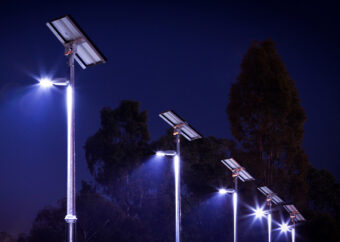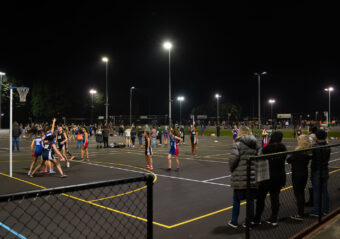According to recent reports, lighting can account for 18–40% of electricity usage in commercial premises. With modern LED luminaires using just a fraction of the energy required by traditional lighting methods (such as metal halide), switching to LED will not only reduce your electricity consumption, it also reduces the demand on our energy grid and the natural resources used to power it. Adding options like motion sensors and smart connectivity further increases the potential for energy reduction.
The energy efficiency of LED technology may be well-known these days, but did you know about some of the other ways switching to LED can help with sustainability?



MINIMISE WASTE
Our LED luminaires are RoHS compliant, meaning the use of certain hazardous materials (including lead, mercury and cadmium) is restricted in their manufacturing.
LED luminaires also last much longer than metal halide and fluorescent lamps, meaning they don’t need to be replaced as often.
As with most electronic equipment, components of our LED luminaires can often be recycled once they reach their end of life.
REDUCED LIGHT POLLUTION
Thanks to sophisticated optical systems, LED luminaires offer far greater control of light diffusion than outdated lighting technologies.
A reduction in light pollution can help restore the natural rhythm of night and day in both humans and wildlife.
LESS UV EMISSIONS
LED luminaires emit almost all their energy in the visible spectrum (light you can see) and very little in the non-visible spectrum.
This results in LEDs emitting less ultraviolet and infrared light than some other lighting technologies, which can be beneficial to those with light sensitivities, and can also reduce fading on interior furnishings such as carpets and drapes.











